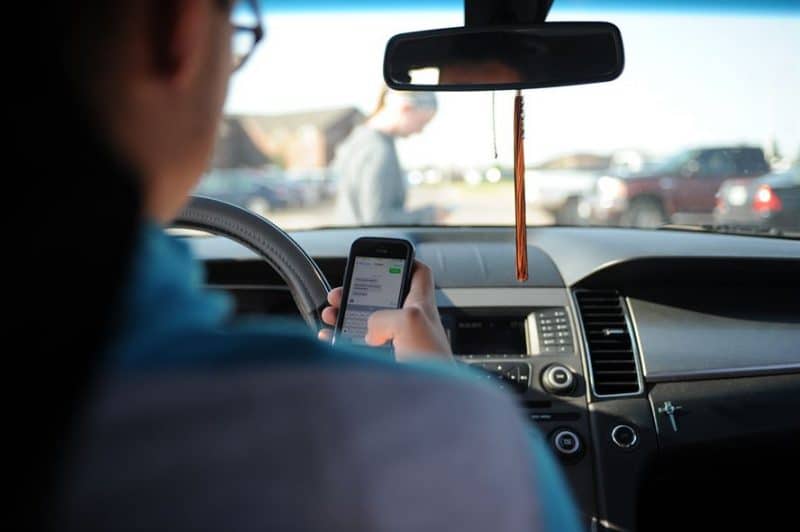Currently, all drivers are debarred from texting and driving in 39 states; and half a dozen more states have restrictions on cell phone use for novice drivers or for operators of public transit vehicles. However, a study by the Highway Loss Data Institute reports that no state has seen a decrease in texting-effected crashes since passing prohibitory legislation; and on the contrary, 3 states saw a slight increase in the number of texting accidents approximately 10 months after the fact. This revelation has called into question the efficacy of texting and driving bans and/or the manner in which they have been implemented.
There is, of course, nothing wrong with an examination of the effectiveness of anti-texting legislation. It may well be the case that there are fundamental problems with the cast of contemporary anti-texting legislation that prevents it from being really effective, and that altering it may save lives. However, there are a handful of reasons why this course of action could be seen as premature and, therefore, more harmful than practical. Ergo, before the entire concept is thrown under the bus, there are other considerations that should be taken into account before judgment is passed.
Table of Contents
1. Age limits and peripheral restrictions make laws against texting and driving harder to enforce.
Law enforcement officials have complained that age-specific anti-texting laws make it difficult to enforce any anti-texting laws. In addition, in places where texting and driving isn’t a primary violation—that is, where a person can’t be pulled over on suspicion of that particular violation—officers have no surefire way of knowing whether they are within their rights to call a driver aside. It is difficult to tell at a glance whether a driver is 17 or 18, and nearly impossible to confirm that a driver is staring down because they’re texting, and not because they’re mesmerized by the pattern on their slacks. If anti-texting legislation is ineffective, it may be that police officers are stymied by age restrictions, or because texting and driving is a secondary offense.
2. People skirting texting and driving laws may resort to more dangerous practices to avoid getting caught.
Many people justify texting and driving by holding their phone up above the dashboard so that their eyes are still (peripherally, at least) on the road. No more! Laws designed to prevent texting accidents discourage such cautionary measures…but not, perhaps, texting itself. Where there are stringent measures for determining whether texting played a role in an accident, anti-texting legislation may be too much and not enough.
3. It can be almost impossible to conclude that an accident was a texting accident.
In most cases, the best a prosecutor can do to certify that a texting accident took place is approximate the time of the accident and check the call records on the accused phone to see if they match up. Failing that, and in an absence of witness statements, a charge of texting and driving is not likely. There are too many scapegoats available—other, less incriminating forms of distraction, mainly—for the texter who is not caught red-handed.
4. Data that suggests that texting and driving bans increase texting and driving does not take into account the growing number of drivers who text.
Even if texting accidents continue to increase in the coming years, this does not necessarily indicate that anti-texting legislation is unsuccessful. One important factor the HLDI study fails to take into account is the ratio of texting accidents to new drivers (who overwhelmingly text before they have licenses). Texting is growing in popularity, perhaps more quickly than drivers are adapting to it. Transportation Secretary Ray LaHood points out that “we have a national law against drunk driving; [and] people are also required to wear seat belts. But if the number of fatalities in a state goes up one year, would it now pass as ‘research’ to say that seat belt and anti-drunk driving laws are to blame?” At this point, it’s too early to tell whether the trend detected will be consistent.
In any case, the risks of texting accidents are well enough understood by society at large that there is no excuse to flirt with danger. If you or someone you care for has been hurt in a traffic accident, and you suspect that that accident was the result of a texting driver, you have rights—and every right to stand up for them. For a free initial consultation with experienced attorneys in the Salt Lake City area, call Good Guys Injury Law at (801) 506-0800.
Image courtesy of: Airman Sadie Colbert
